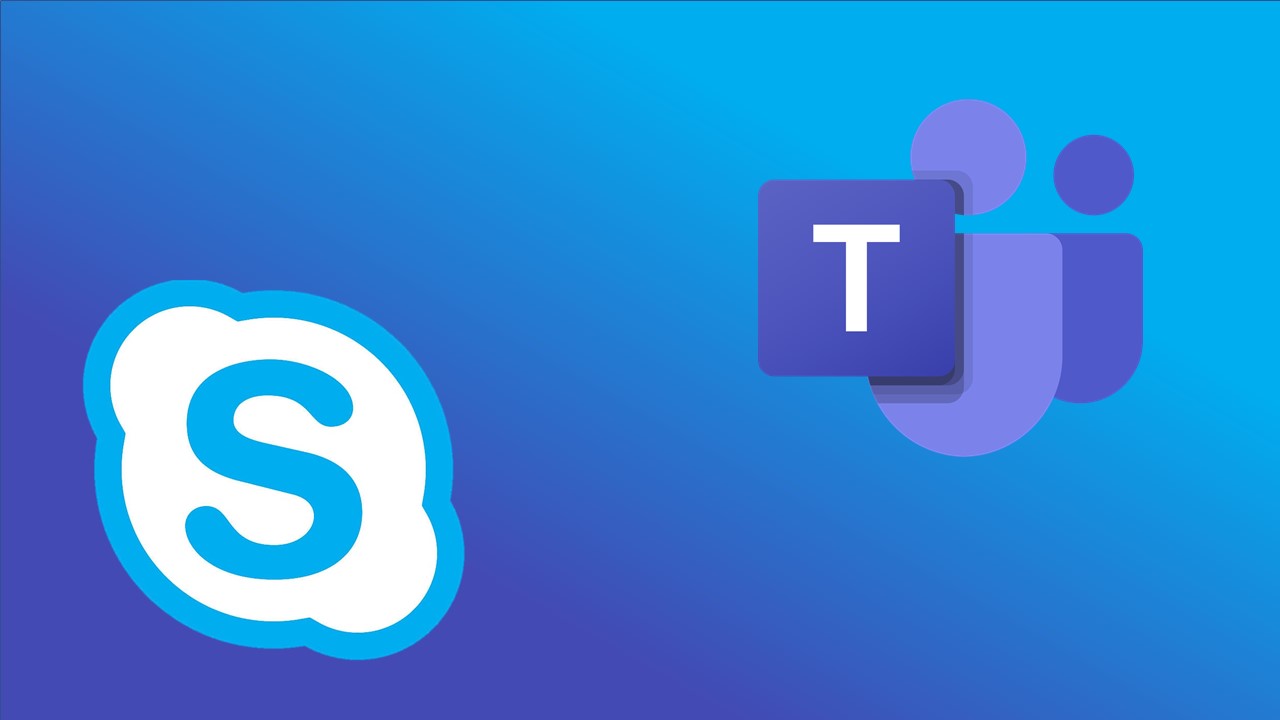
06 Jul 5 tips for successfully upgrading to Microsoft Teams
If you’re still using Skype for Business for your company communications, you might wonder why you should switch to Microsoft Teams. With end-of-life coming next year for Skype for Business, and Teams rolling out incredible enhancements almost weekly, there’s never been a better time to make the move. And, if you don’t have a dedicated collaboration tool that offers chat, video, file sharing and storage, then migrating to Teams means a true upgrade. Teams can offer businesses a user-friendly, modernised tool that is seamlessly integrated with the Microsoft 365 suite; making working life easier for your staff.
The process of switching might seem daunting, but its simpler than it seems. With every change in an organisation comes the hurdles of adoption, and the challenges that arise are generally centred upon the reluctance of staff to switch how they go about their day-to-day activities. Pitching Teams to your staff is easy; it offers them the opportunity to enhance their organisational skills, collaboration and efficiency by doing almost nothing more than they do already.
So how do you successfully upgrade to Microsoft Teams without it hindering your staff or network?
- Utilise adoption tools to build trust within your organisation
First things first; you don’t want to rush your staff into this transition. As a Microsoft Certified Partner, we can support you in running a taster demo, guiding different departments through the features available.
If you know you have training to carry out, or perhaps a remote meeting you previously planned to host via Skype For Business, try it out in the free version of Teams. It will provide that honest first step towards getting your staff to trust and rely on a more robust and resilient platform.
- Target the low hanging fruit first
Most migrations succeed by targeting the easiest areas first. Think about which departments or staff members use Skype for Business for what. By understanding your user base and identifying opportunities where engagement is high and technical complexity low, you’ll be able to easily convert a portion of your workforce quickly. The more reluctant will be able to see proof of use and follow suit.
- Focus your migration on the needs of your departments
It might seem obvious, but every business gets stuff done in a different way, no matter how small the difference. Different departments will also have different approaches, and staff tend to adopt cloud-based tools more or less depending on their role and often stubbornness.
Organise focus groups and provide different features of Teams to each department depending on need and usage. Gather feedback and talk to us to find out if any features can be made more user friendly, or better synced with your staff’s day-to-day activities.
- Look towards the end goal and trust the migration process
You are the only one who knows what’s best for your business. Whether you’re looking to bring video conferencing, chat and file sharing into one integrated service, or simply to make teamwork easier for your staff, being clear on your end goal will enable the migration process to run seamlessly.
We can help you put “shutter steps” in place so that Teams is added to each desktop with minimal interference, while also keeping the elements of Skype For Business (If you use that still) in place for your staff to utilise while the final steps are taken to complete the upgrade.
- Make the migration a hot-topic within your business
If you want to get your staff onboard, then make sure they are fully aware of the changes, timeline and process. User adoption of cloud solutions is one of the hardest things to obtain, especially when many office workers are so used to saving files on a local drive and carrying out group conversations via text or email.
The sooner your staff know, the bigger window you have to implement the previous steps and build that trust in Microsoft Teams. Promote the benefits to them and show them why Teams will improve their working life long-term; we can help you every step of the way.
 Remote Support
Remote Support

